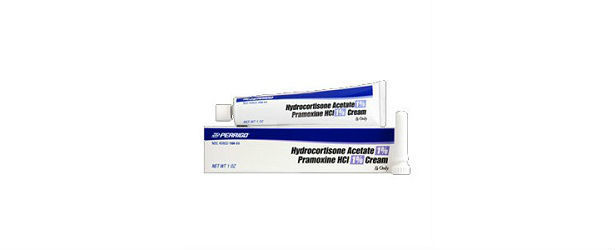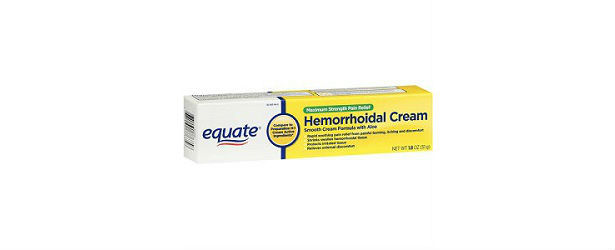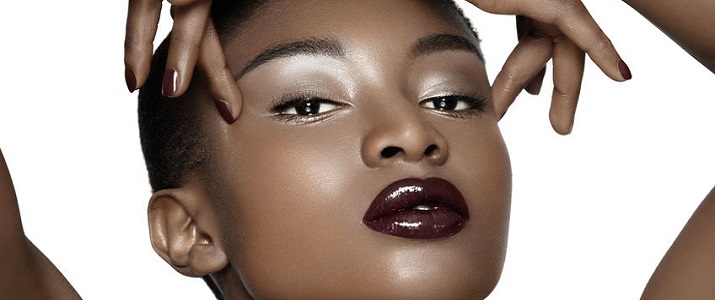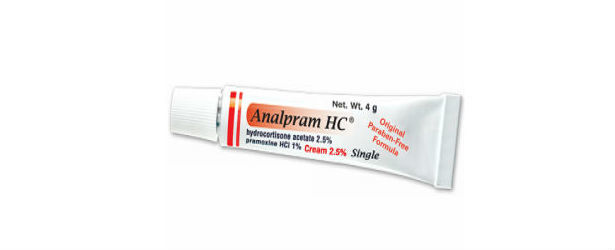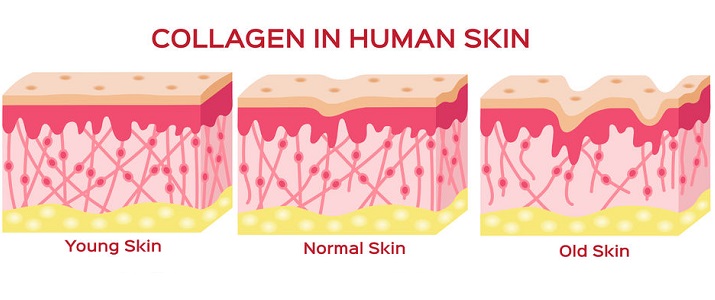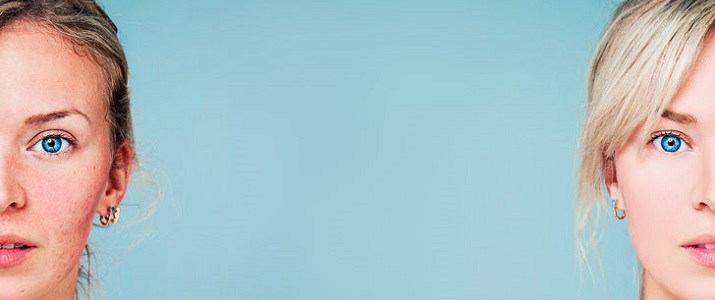
What Is Rosacea?
The term ‘English Rose’ is for someone who has pale skin and rosy cheeks – kind of like snow white. It’s a beautiful milky complexion with cheeks that blush ever so slightly. But what if your cheeks go unnaturally red and you break out with acne? This is actually a serious condition that millions, believe it or not, suffer from. It is a common condition called Rosacea. Learn to treat it early on and have it under control.
All About Rosacea
Rosacea affects around 16 million U.S. adults. Adults over the age of 30 typically experience it. At first, it is experienced by redness and facial flushing. When it starts people may ignore the symptoms brushing it off as simple acne. Unfortunately, it does progress. It leads to broken capillary veins, pimples filled with pus and rarely, a bulbous nose – just like former U.S. president Bill Clinton who suffered from rosacea. Eye problems may also be experienced such as swollen, red eyelids, conjunctivitis and rosacea keratitis. Left untreated, rosacea worsens over time.
Triggers
According to the National Rosacea Society, certain things set off rosacea. These include:
- Alcohol
- Hot or Spicy Foods
- Emotional Stress
- Smoking
- Heat
- Cheese (except cottage cheese)
- Citrus Fruits
- Vinegar
- Vasodilators
- Topical Steroids
- Hydro-alcoholic or Acetone Substances
- Menopause
Treatment
Treatment can be received by doctors in the form of prescribed medicines. There isn’t exactly a cure, unfortunately, but the treatment available helps people control their symptoms and keep the rosacea from getting worse.
Treatment Breakdown
- Dry, red and irritated eyes – are usually treated with prescription eye drops or artificial tears that contain a medicine like cyclosporine.
- Redness and breakouts – can be treated with:
- Pills, such as low-dose antibiotics like doxycycline.
- Skin creams containing medicine, like azelaic acid, metronidazole or brimonidine.
- Redness from tiny blood vessels – can be treated with lasers and another light treatment called intense pulsed light (IPL).
- Thick, bumpy skin on the nose and face – can be taken care of with cosmetic/plastic surgery.
- Dry, sensitive skin – can be protected with moisturizers and sunscreen which protect sensitive skin.
Best Ways To Conceal Rosacea
Of course, you still need to live every day with the condition until the treatment does the job! The best way to conceal your rosacea is the following:
- Cleanse with a mild cleanser which contains ceramides and/or glycerin instead of sodium lauryl sulfate which only irritates the skin.
- Sunscreens should have a UVA/UVB coverage and be slightly tinted.
- Make-up needs to be made specifically as not to block pores. Big no-no’s are products containing alcohol, menthol, salicylic and glycolic acid, peppermint, witch hazel, eucalyptus and clove oil.
- It is of the utmost importance to use a yellow based tint when choosing any kind of base. A green-tinted base will only make you appear greenish or gray.
- It’s best to use mineral makeup.
- Sheer powder should only be applied on your T-zone.
Rosacea can be very emotionally traumatic as it affects the appearance so obviously. The best thing to do when faced with it is definitely to go see your dermatologist immediately, deal with it and treat it as best you can. Dietary changes definitely need to occur and you will start to see the difference slowly, but surely!
TOP 5
SKINCARETreatments |
|||||
| HemClear | Avatrol | Hem-Relief | Venapro | Heel-BHI | |
|---|---|---|---|---|---|
| 1 | 2 | 3 | 4 | 5 | |
| Price (1 bottle) Price (6 bottles)best value |
$49.95 $139.70 |
$45.95 $183.80 |
$39.95 $239.70 |
$39.95 $239.70 |
$42.94 $257.64 |
| Overall Rating | 99.10% | 78.00% | 73.50% | 62% | 61.50% |
| Effectiveness |





|





|





|





|





|
| Speed of Results | Extremely Fast | Fast | Good | Average | Slow |
| Quality of Ingredients | Premium | Good | Good | Average | Average |
| Customer Satisfaction Evaluation | 99.20% | 79% | 75% | 74% | 62% |
| Safety Evaluation | Safe for Use | Safe for Use | Safe for Use | Safe for Use | Safe for Use |
| Customer Service Rating |





|





|





|





|





|
| Reorder Rate | Highest | Good | Average | Good | Average |
| Return Policy | Risk Free | Unused | Risk Free | Unused & Unopened | No |
| Success Rate | 99.40% | 78% | 78.50% | 74.20% | 60% |

 Subscribe Now
Subscribe Now




